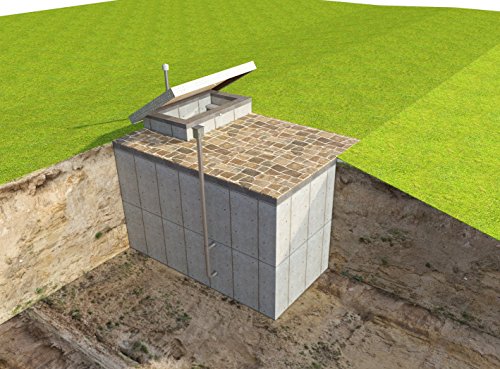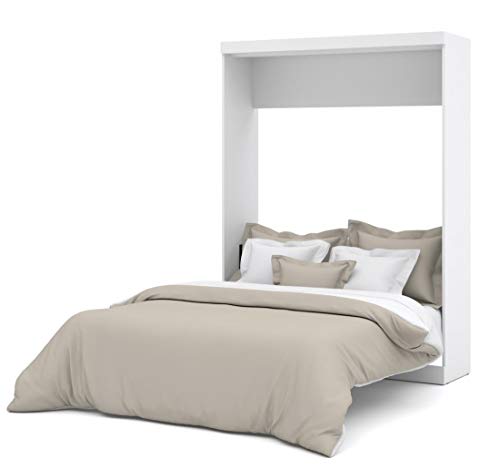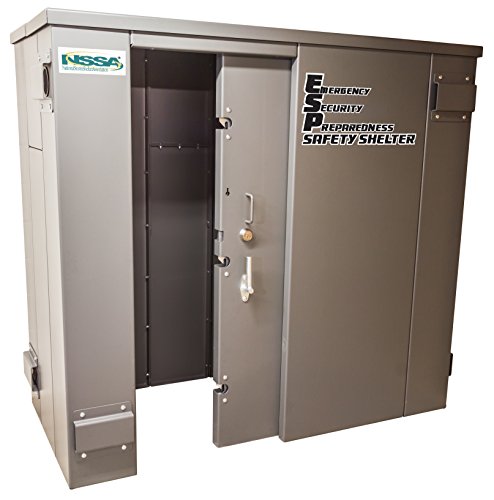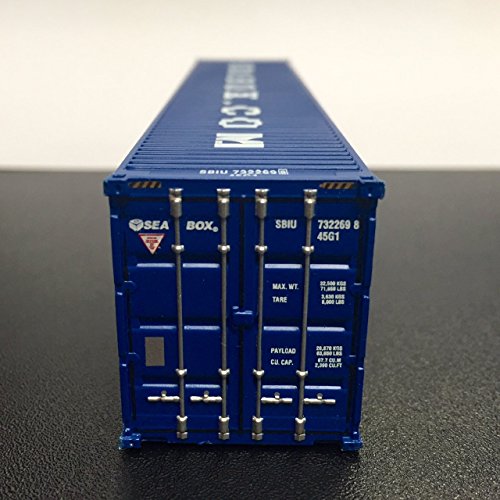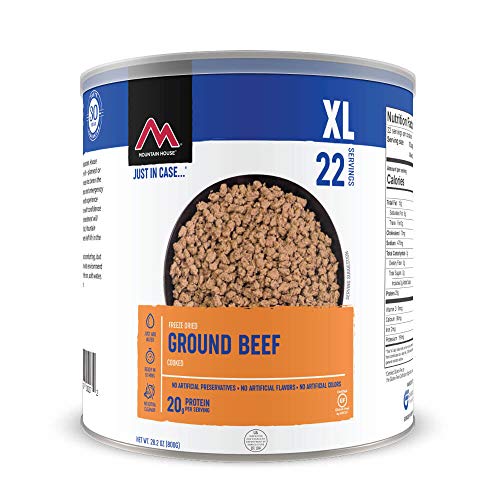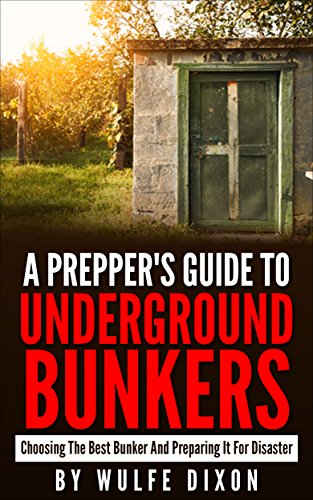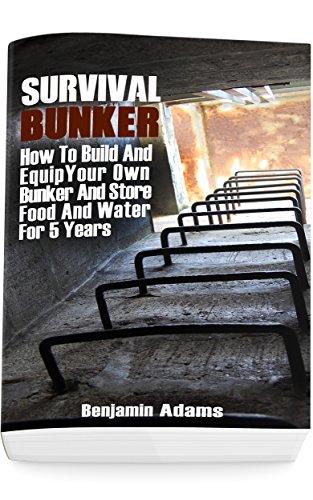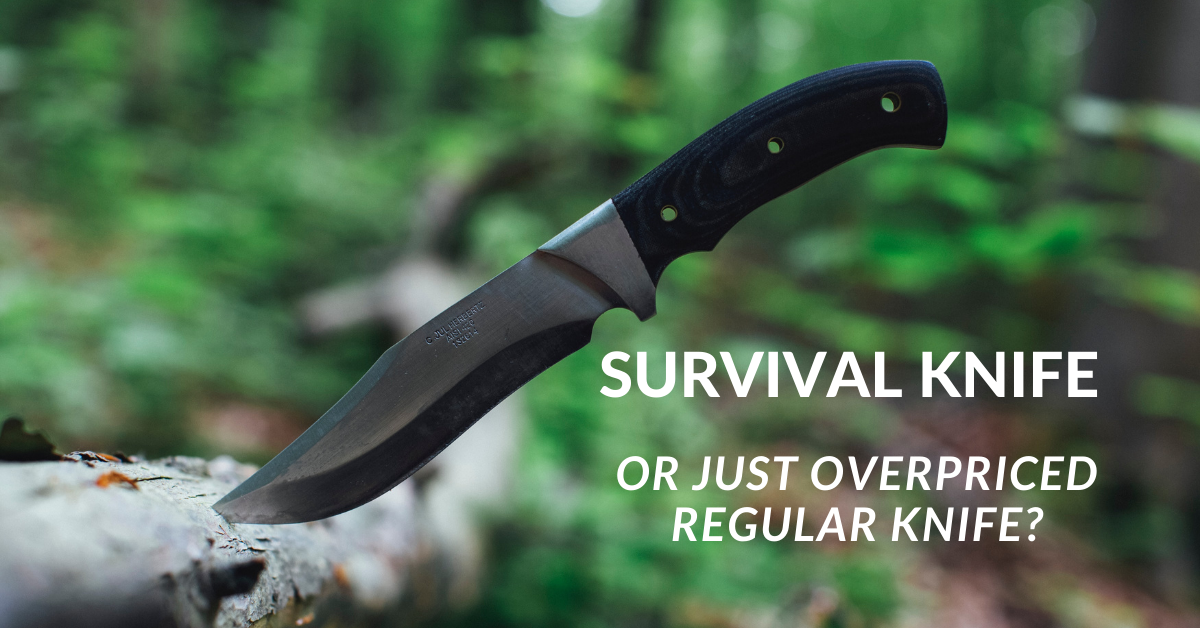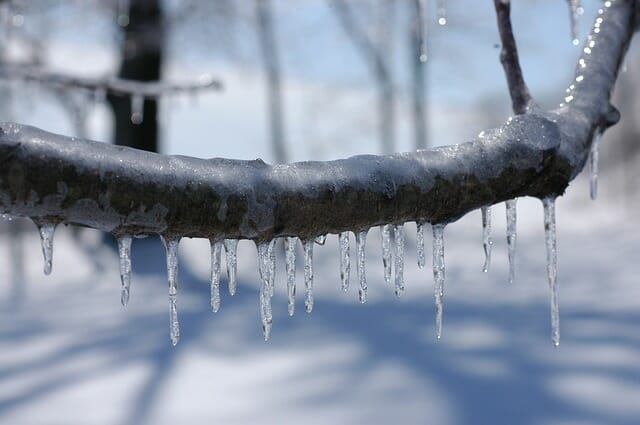Underground bunkers are vital and important in some areas of the country. If you live in a tornado-prone area you're at risk of a bad natural disaster but in less tornado-prone areas, a bunker may be something that you choose to have simply for safety.
Making your own underground bunker |
Know why you're creating a bunker
Is it for tornadoes, is it for nuclear war, is it for safety from crowds, is it a bomb shelter? It may have slightly different elements given what you choose or a combination. For example, if it's only for a short period of time, like dealing with a tornado you may opt for a smaller space and not as many supplies. If it's for a longer time you may want to invest in something larger and more complex. Remember that this might be your underground home for quite some time. It's not just about having a space to sit in or sleep in but eat and relax with your family.
After taking all these into account, you can start planning.
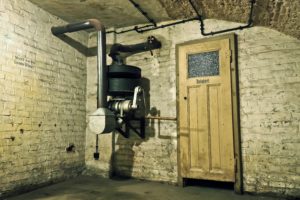
Planning
One of the first steps of building a bunker getting permission from the relevant authorities. There are permits required in many states before building a bunker. These permits exist to ensure quality assurance for the safety of you and everyone around you. Failure to comply can lead to dangerous consequences, and can also lead to being heavily fined. Urban areas might have more stringent rules of building bunkers than rural/less populated areas- make sure you check with all the relevant authorities in your area for area-specific specifications and rules.
The first thing you need to do is go to your local building department and ask them what appropriate permits you'll need. Eventually, you'll have to show them blueprints and as-builts. Oftentimes, these permits can include a grading permit, required because you're altering the topography of the property and may shift the water table. Discretionary permits might be required too, in the event that the bunker project is likely to impact the surrounding areas, particularly in a historical district.
Build Your Personal Underground Survival Bunker
You will also need permits for plumbing and electrical work, as well as hiring licensed professionals to do the work. Supervise the project closely to ensure that only the best bunker materials are used, for the longevity and safety of the personal underground bunker.
Location, Location, Location
Choosing your location is the next thing; you want to avoid any place that's close to large bodies of water so that you won't flood and also be aware of underground electrical and gas lines. Avoid digging and places surrounded by trees if possible because you may have to dig through quite a few roots cutting these roots can be detrimental to the trees and cause additional problems. You don't want a tree falling over the entrance of your bunker, trapping you inside.
Organization
Remember your bunker is like a tinier living area compared to your regular house. You will need to have impeccable organization tips so as to fit all the essentials in it and leave space for relaxing and mobility. You can ensure this by storing things vertically, combining spaces, and installing wall-mounted furniture that can flip down like a Murphy bed. Some bunkers are very luxurious but your focus should be more on safety and security. Remember to maximize your space combine spaces using an open area plan.
Pick the right bunker material for your area: three common substances are metal sheets which are durable, bricks, which are sturdy, and concrete, which is cheap and strong. There are also pre-built bunkers that you can simply drop down into the hole. Amazon delivers!
Underground Bunker for Sale |
NEVER use wood as it can rot and is vulnerable to termite/ant infestation.
One easy route to take with personal underground bunkers is by repurposing old installation or shipping containers by DIY. This is a very very cost-effective method but limits you with customization. You would also need to reinforce the shipping containers because they aren't built to be buried.
Purchase a Shipping Container HERE
Digging your hole
You may want to hire someone to dig your trench using a trencher. This can save you time and also errors, as someone who is good at using their equipment can accurately and quickly create your space and hole. A trained excavator will know about sloping which involves cutting the trench at an angle to create a slope, shoring the act of building up a support system to keep the dirt in place and prevent a collapse.
Make the personal underground bunker habitable and safe
Be aware of the key living materials that you'll need. Ventilation is vital for your personal underground bunker. You will also need to invest in NBC filters, which are considered the best for emergencies. A generator would also be essential for providing power. A solar generator would be more economical and practical as compared to a fuel-powered one.
A water filter is necessary to provide a reliable source of clean water. There are good UV filters that remove contaminants. A waste removal system is also absolutely necessary as inappropriate waste management can cause dire health issues.
You would also want to protect your shelter by adding metal beams, so as to prevent cave-ins. 3 ft thick walls could be added for protection against radiation, a concrete foundation added to support your underground building, and also waterproof coating to protect you from mold mildew and other end sanitary conditions resulting from water damage.
Food and Hygiene Supplies
According to FEMA, you should stock up on at least 14 days of food and hygiene supplies. Food could include a variety of nutritious canned or dried non-perishable foods up to a gallon of clean water per person per day that you're in the bunker, emergency cooking materials like canned heat and candles, and all-important activities to keep your mind active and busy, things like games and books to read and for small children fuzzy comfortable blankets and toys.
Purchase This Tub of Survival Canned Ground Beef With a 30-Year Shelf-Life
In addition to these tips, here are a couple of book recommendations for you as you prepare your personal underground bunker:
A Preppers Guide To Underground Bunkers: Choosing The Best Bunker And Preparing It For A Disaster(Urban Collapse, Prepper Survival Guide, Preppers Pantry) Kindle Edition
Survival Bunker: How To Build And Equip Your Own Bunker And Store Food And Water For 5 Years
Being prepared with an underground bunker can make a difference for the safety of your family.






